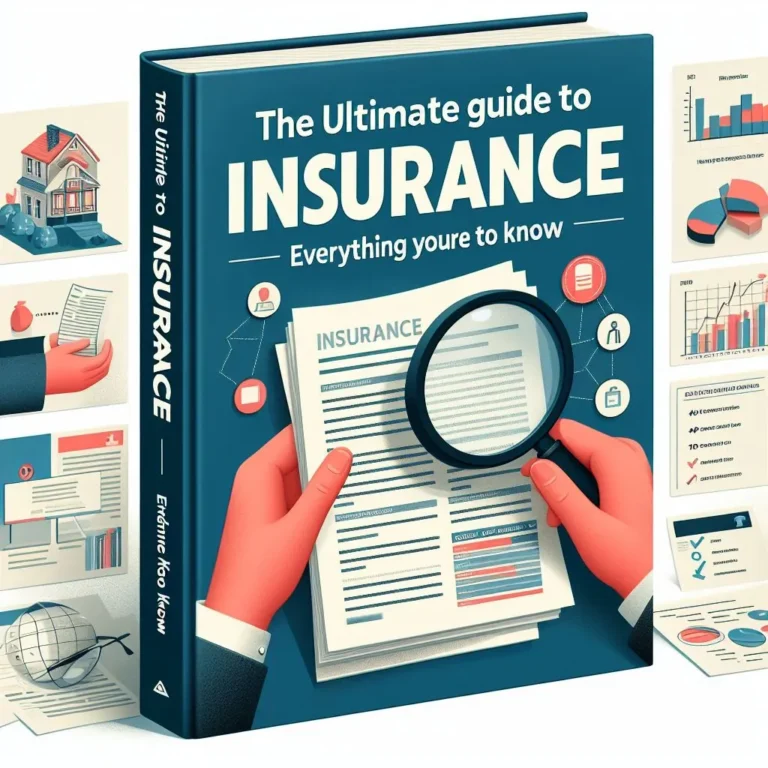Table of Contents
Surprising Court Decision: Swerving to Avoid Crash May Not Be Covered by Insurance
A recent Alberta court case, Funk v. Wawanesa Mutual Insurance Company (2018 ABCA 200), highlights the importance of clear and concise language in auto insurance policies. This case has implications for drivers across Canada.
The Scenario:
Imagine you’re driving at night. Headlights appear in the oncoming lane, forcing you to swerve to avoid a collision. Unfortunately, your car rolls over. Thankfully, there’s no other car involved, but you’re injured. Here’s the twist: your insurance company might deny coverage, even though you acted safely.
Why the Denial?
Mr. Funk’s insurance company, Wawanesa, argued he wasn’t covered because his policy required physical contact with the other vehicle. The Alberta Court of Appeal agreed. The policy clearly defined an “unidentified automobile” as one that makes physical contact with the insured’s vehicle.
Public Policy vs. Clear Wording:
Mr. Funk argued the “physical contact” requirement was unreasonable and against public policy. The lower court agreed, but the Court of Appeal reversed this decision. They prioritized clear and consistent policy wording, benefiting both insurers and insured parties by ensuring everyone understands what’s covered.
Is There Hope?
One judge dissented, believing the policy wording was ambiguous. They felt Mr. Funk had a reasonable expectation of coverage for his defensive maneuver. The case is now seeking leave to appeal to the Supreme Court of Canada, so the final verdict is yet to come.
Key Takeaways for Drivers:
- Read Your Policy Carefully: Don’t just skim your auto insurance policy. Pay close attention to sections on unidentified drivers and understand the specific requirements for coverage.
- Clarity is Key: Don’t assume coverage based on what seems fair. It all boils down to the exact wording in your policy.
- Seek Help if Unsure: If you’re unsure about coverage scenarios, consult an insurance professional for clarification.



